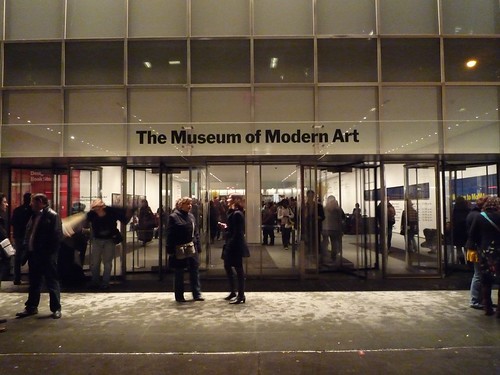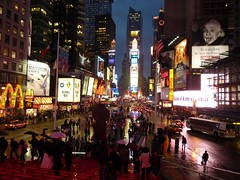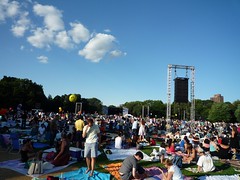
When you look at the history of modern art and the significant personalities that designed it James Ensor (1860-1949) has to be seen as something of a unicorn. He's a fascinating, and clearly important artist, but he can't really be categorized. He partially fits into a couple of different movements, but not fully into any of them. We know he was a major figure in the Belgian avant-garde, but I don't know if that was a very hard thing to do, because for the life of me I can't think of a single other Belgian painter. Can you?
The show concentrates on his early work, and most of the paintings and drawings are from the 1880s and 90s. After getting out of art school Ensor set up a studio in the attic of his families curiosity shop in a small resort town off the North sea, and worked there for the rest of his life. His early paintings are dark murky cityscapes, still life's and interiors where he uses a thick impasto and the liberal use of a pallet knife as well as both ends of his brushes. A lot of these paintings look strikingly similar to some of Cezanne's early work. This style of painting was called "tachisme", which meant to mark or stain; something Ensor did quite aggressively. The surfaces of these early paintings are very physically beaten, scratched and marked up in an almost violent manner. There is however a clear sophistication to the way he painted, something very evident in paintings like "The Oyster Eater" (1882). References to northern old masters like Rembrant, Breugel, and Bosch can be found throughout the show. This strange mix of sophistication and brutality was a sign of his restless desire for innovation and need to rebel against aesthetic convention. It's particularly evident later in the show with his wildly improvisatory etchings and large scale drawings, that look almost like a cross between daVinci and a mental patent.
Some time around 1883 his pallet becomes brighter, and his images more eccentric. His figures and the relationship between them becomes more theatric. In some cases they seem farcical, in others tragic, and a strange symbolism seeps into his work. He starts including masks and sculls in his paintings, and becomes fascinated with cross dressing and death. The death obsession was so great that it actually drove him to paint his fathers corps lying in a coffin, apparently from life (so to speak). Around 1885 he became interested in the relationship between spirituality and the imagination, and sought to paint light as a subject. He reimagined religious images in bold provocative ways, like "Tribulations of St Anthony" (1887). In some cases he cross referenced biblical stories with contemporary culture. This culminated with his masterpiece "Christ's Entry into Brussels" (1889), which unfortunately isn't in the show (I blame the Getty). He also painted a number of self portraits as Christ, or as a martyred Christ-like figure. His persecution complex was pretty out of control. Other times he painted himself dressed in women's clothing, or as a fool or clown pissing in a gutter, and in one case as a pickled herring being chewed on by two sculls. While walking through the galleries I twice overheard someone say "Man, he was really fucked in the head." While I think that's a bit of an oversimplification, I can't entirely disagree.
Ensor had a very individual and idiosyncratic vision, but it was a vision that never grew complacent. His career is marked by an overwhelming obsession with history and convention, and an equally overwhelming need to rebel against, and in some cases revise it. The fact that he had such a broad and detailed knowledge of art history and managed to make so many cultural and historical references, yet still maintained such an unusual and autonomous vision is testimony to his strength of character and artistic integrity. He had conflicting views of his identity as an artist, views that he never seemed to feel the need to resolve. He saw himself as both satirist and mystic, as narcissist and martyr, as cultural sophisticant and outsider visionary, as old master and insolent child. Chronologically the last painting in the show is "Moses and the Birds" (1924). I think it's one of, if not the most stunning and original piece in the show, and it's one that only an artist who had traveled such a unique path could have painted, even if that path was confined to a small Belgian attic.
 Paul Kasmin Gallery, 293 10th ave
Paul Kasmin Gallery, 293 10th ave


































